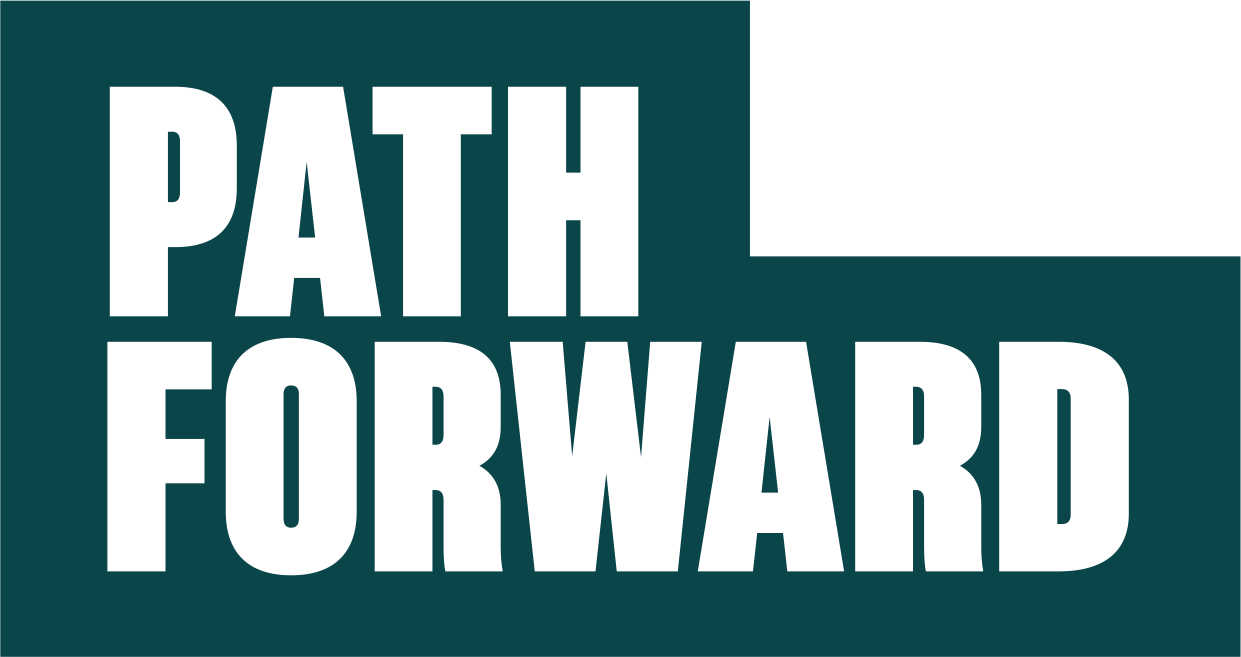Let’s have a real conversation about change and pain
Our society seems bent on eliminating pain - physical, psychological, or otherwise.This is an encouragement for you to experience pain in your professional life because, without it, I just can’t trust that you’re doing anything significant.The process of creating change is commonly shaped like the letter “U.” When we make changes in our habits, our relationships, or in the structure, strategy, or culture of our team or business, pain is a necessary and expected outcome.The upper part of the U shape is the commitment and the vision – the idea or ideas that are driving us forward to make the change. In this stage, we overcome our natural resistance, and we announce and launch the shift in ourselves, and often to others. This is what Brene Brown calls the “second day” – the time after we decide to make a change and we find everything we’ve swept under the rug while we’ve been tolerating what is.In the low part of the U, the shit-storm ensues in many cases, as the old patterns protect themselves. And when we observe the pain we’re creating, we assume that’s because we are failing to make the change successfully. The pop psychologists and motivational speakers tell us that our will is enough, that we can overcome all obstacles with positive thinking, and that we need to sweep the naysayers aside.In fact, if we aren’t creating pain, I’d have to think we’re not doing anything particularly significant or worthwhile. Pain is a hugely underrated element of growth and maturity in both individuals and organizations. What a bore to be in an organization where everyone smiles all the time, where everything is always “A-OK” and bringing forth unpleasantries is considered disloyal or unproductive.Bring on the pain. Of course, you bring it on BECAUSE you have to move beyond it. Bring it forward means we can understand what it’s about instead of blaming ourselves for having the most normal reactions imaginable to things that challenge us – including fear, anger, loss of trust.Now, this is all dependent on your willingness as a leader to work through the pain – to use it in a sense. The pain tells us, individually and collectively, where we’re sore and sick and in need. It doesn’t mean that we’re being weak and negative to acknowledge the pain. Instead, it’s just the work we need to do to be better people and better organizations.
